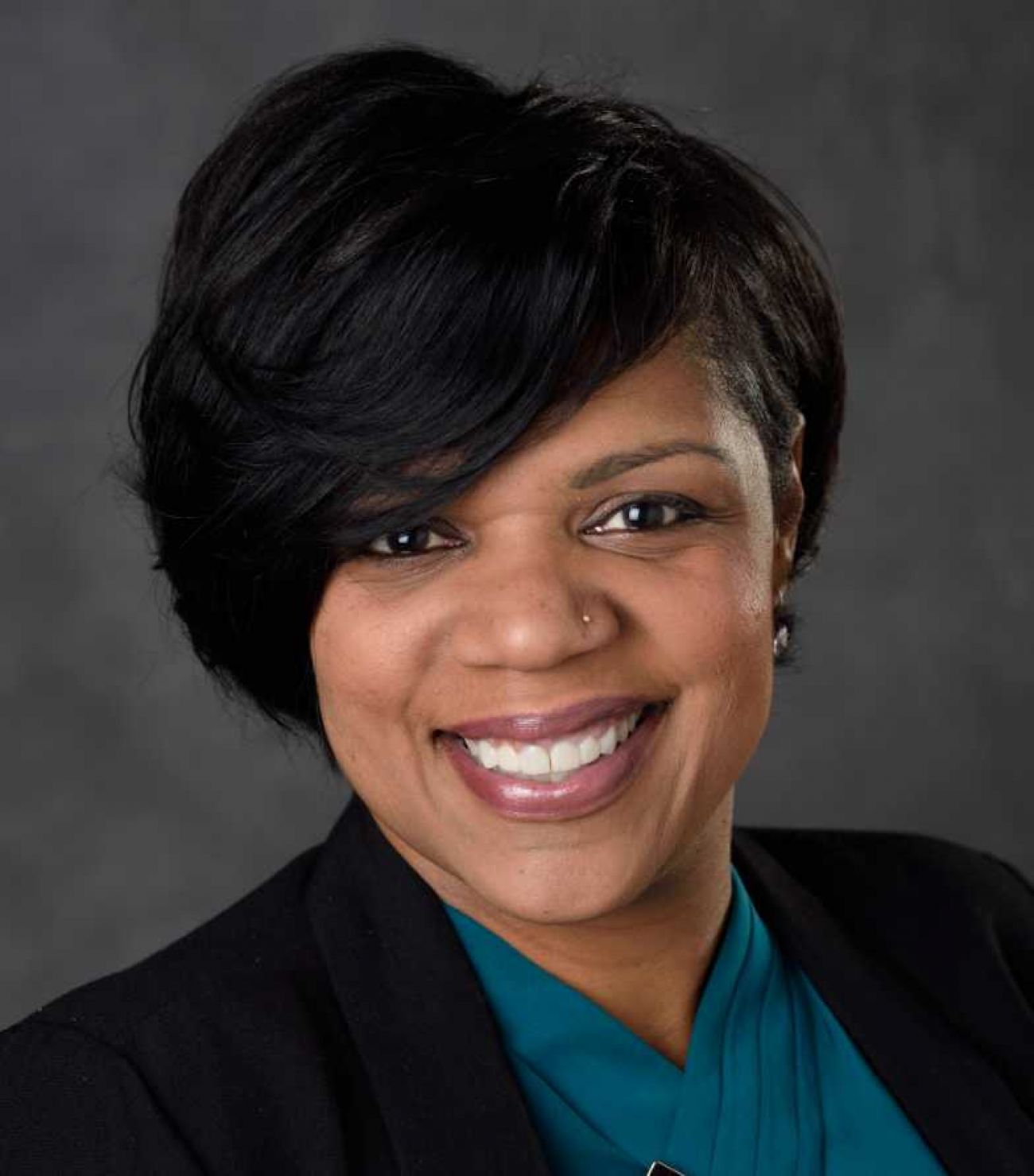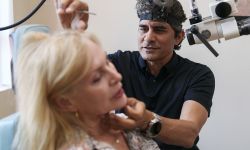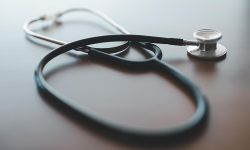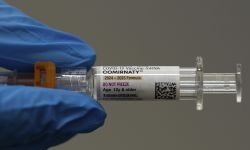Opinion | How Michigan moved the needle on race disparities in COVID
Michigan was one of the first states to publicly report on racial disparities in COVID-19 cases and deaths. While just over 14 percent of the state’s population, African Americans represented 32 percent of COVID-19 cases and 41 percent of the reported COVID deaths, less than three months into the first identified cases in the United States. These statistics were more than a trivial revelation that COVID-19 would not be an exception to the enduring health disparities experienced by African Americans and other socially vulnerable populations in Michigan and across the nation.
Substantial racial unrest, fueled largely by the death of George Floyd while in police custody and the unending replay of the 8 minutes and 46 seconds that he was irrevocably silenced, revealed an ugly truth about our nation — racism costs lives. The dual pandemics of COVID-19 and racism weighed heavily on the hearts and minds of our nation’s residents, and Michigan’s governor took swift action to tackle them both at the same time. The Governor’s Coronavirus Task Force on Racial Disparities chaired by Lt. Gov. Garlin Gilchrist began in April 2020. By May, racism as a public health crisis was at the forefront of our Task Force conversations as we sought to find solutions to address COVID-19 disparities.

Early in the pandemic, COVID-19 racial disparities were thought to be attributable primarily to factors like disproportionality in pre-existing and chronic health conditions among African Americans. We know now that pre-existing health conditions only accounted for 10 percent to 15 percent of the racial disparities in COVID-19 deaths. Two of the most significant factors driving disparities in COVID deaths were disproportionate occupational exposure faced by African Americans — who are overrepresented in high-demand, low-control, front-line worker positions. These occupational exposures then gave way to increased residential exposure in predominantly African-American communities and in African-American households. Once infected, systematic unfairness and unconsciousness biases that African Americans face in our health care system further marginalized them and resulted in things like bed rationing and increased chances of being turned away from hospitals during the earlier stages of the pandemic.
The Task Force charge became clearer, to develop and provide solutions that match the level of the problems. This upstream approach to solving health disparities takes the blame off the individual and looks at the systems, structures and contexts in which people live, work, go to school, worship and receive health care. To that end, we started to identify and remove barriers to testing, advocating for community testing sites that eliminated the need for a primary care physician prescription, health insurance coverage, or a government-issued identification. In addition, national programs like enhanced unemployment benefits also took many frontline workers out of harm’s way and afforded them the same privilege of others to remain at home and avoid occupational exposure until community spread was contained.
The results have been astounding — African Americans are now underrepresented in both COVID-19 cases and deaths. Still comprising just over 14 percent of the Michigan population, the two-week moving average for African-American COVID cases was an estimated 9 percent in the first weeks of September, and the death rate has fallen to 12 percent. A few lessons we’ve learned from these tentative victories in reducing COVID disparities in Michigan are that: 1) the narrowing of racial health disparities requires intentional and deliberate action; 2) the level of the solutions should match the level of the problem and address the social and political determinants of health, and ideally prompt systems-level change; 3) to evaluate progress we need to disaggregate the data to understand disparities relative to population subgroups, time and interventions; and 4) we must act in a timely manner as a few days can give way to weeks and months of outbreak and community spread.
The governor’s ability to immediately move as data became available has been critical to saving the lives of some of our most vulnerable residents. Governor Whitmer must continue to take steps necessary to protect the public, including opening up our economy in a way that does not cause a second wave of infections and death and undermine all the progress we've made so far. Lawsuits before the Michigan Supreme Court and a petition drive threaten to take away the governor’s emergency powers. If either of these efforts succeeds, nearly the entire structure of Michigan’s emergency response will fall, and the only powers capable of bringing this virus under control will be gone. These threats do not trim at the edges; they aim to strip from the governor the same powers she has used to save thousands of lives and nearly eliminate the pernicious disparities this virus has produced. Seniors, persons with disabilities, people of color and every Michigander are at grave risk if these efforts succeed.
This is not the time to undo the very powers that have gotten us this far in the fight against this virus. To do so would be reckless and likely result in more unnecessary loss of life.
See what new members are saying about why they donated to Bridge Michigan:
- “In order for this information to be accurate and unbiased it must be underwritten by its readers, not by special interests.” - Larry S.
- “Not many other media sources report on the topics Bridge does.” - Susan B.
- “Your journalism is outstanding and rare these days.” - Mark S.
If you want to ensure the future of nonpartisan, nonprofit Michigan journalism, please become a member today. You, too, will be asked why you donated and maybe we'll feature your quote next time!




